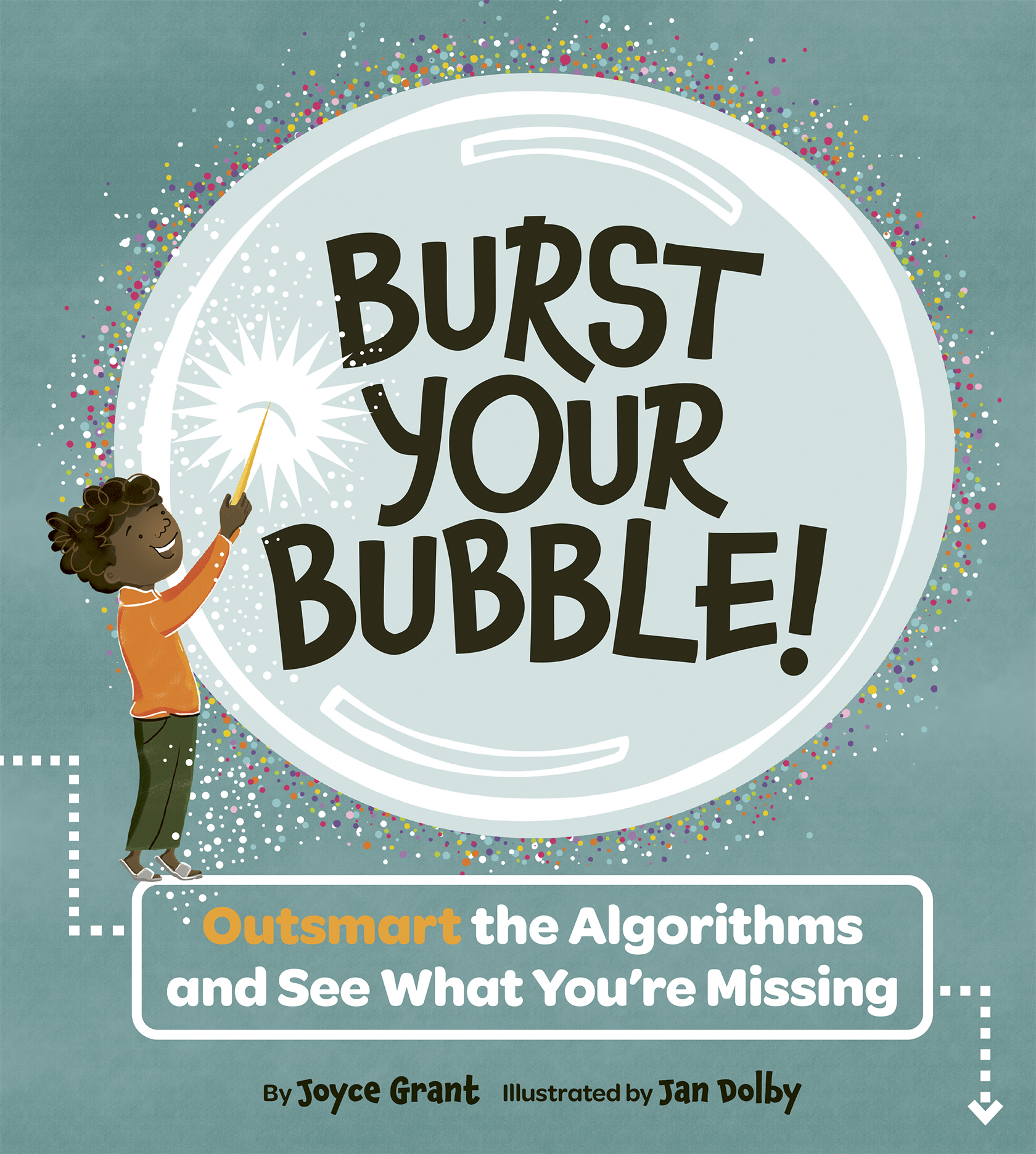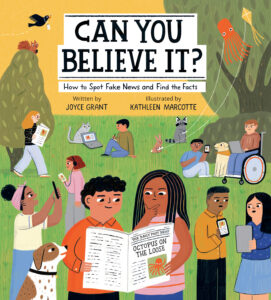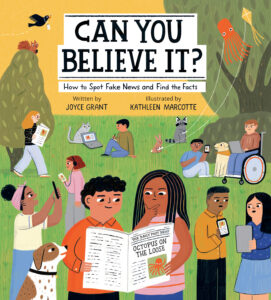
Stephen Hawking turned 70 on Jan. 8.
Cosmologists – scientists like Hawking who study the origins of the universe – gathered in Cambridge, UK, to pay tribute to him.
Hawking was a mathematics professor at the University of Cambridge for 30 years. He retired from that job in 2009. He still works for Cambridge, in cosmology research.
Hawking is a mathematical genius, who changed the way scientists think about the universe.
One of the things he figured out is that black holes should emit radiation. His theory is known as Hawking radiation. He made many other breakthroughs in science as well. Some people say he is the best-known living scientist today.
Hawking was always interested in science. In university, his marks were sometimes not stellar. It was due to poor study habits, however, and not any lack of intelligence. Once, when he was talking to some of his professors during an exam, the professors realized “they were talking to someone far more clever than most of themselves.”*
At the gathering to celebrate his birthday this month, one of Hawking’s own students said this about him:
“Some people are very clever and you see their work and you think, well, if I work really hard on that project maybe I could have done that myself. Then there are people like Stephen and you see his breakthroughs and you think, there’s no way I would have thought of that if I’d spent all my life thinking on that project. That’s the definition of a genius. There are very few people like that.”**
Hawking has a disease that has gotten worse over the years. Today, he is almost completely paralysed and unable to speak. He “speaks” using a computer-generated voice.
When he was diagnosed with the disease when he was 21, he was only expected to live a few years longer. Not only has he lived a long time, but he has a lifetime of outstanding achievements that have changed the field of cosmology.
*Source: New York Times magazine, Wikipedia.
**Source: theguardian.co.uk
CURRICULUM CONNECTIONS
By Jonathan Tilly
Writing/Discussion Prompt
Today’s article explains that, “Hawking is a mathematical genius, who changed the way scientists think about the universe.” Can you think of other individuals who, through their work, have changed the way others understand the world? (Consider scientists, writers, artists, musicians, doctors, etc.).
Reading Prompt: Text Features
Asterisks are included in this article to tell the reader several sources of information. Why is it important for an author to inform reader’s of their sources? In our world of technology, where information is shared all the time, is sharing sources with readers more or less important than in the past? Why?
Junior
Identify a variety of text features and explain how they help readers understand texts (OME, Reading: 2.3).
Intermediate
Identify a variety of text features and explain how they help communicate
meaning (OME, Reading: 2.3).
Grammar Feature: Hyphenated Compound Words
A compound word is created by combining two or more words. At times, these words can be placed right beside each other, like in the words: bookstore, textbook, and flashlight. At other times a hyphen ( – ) is used. Today’s article contains two examples of hyphenated compound words: “best-known” and “computer-generated.”
Think of 5 hyphenated compound words on your own and write them in the spaces below.
1. ___________________________
2. ___________________________
3. ___________________________
4. ___________________________
5. ___________________________








